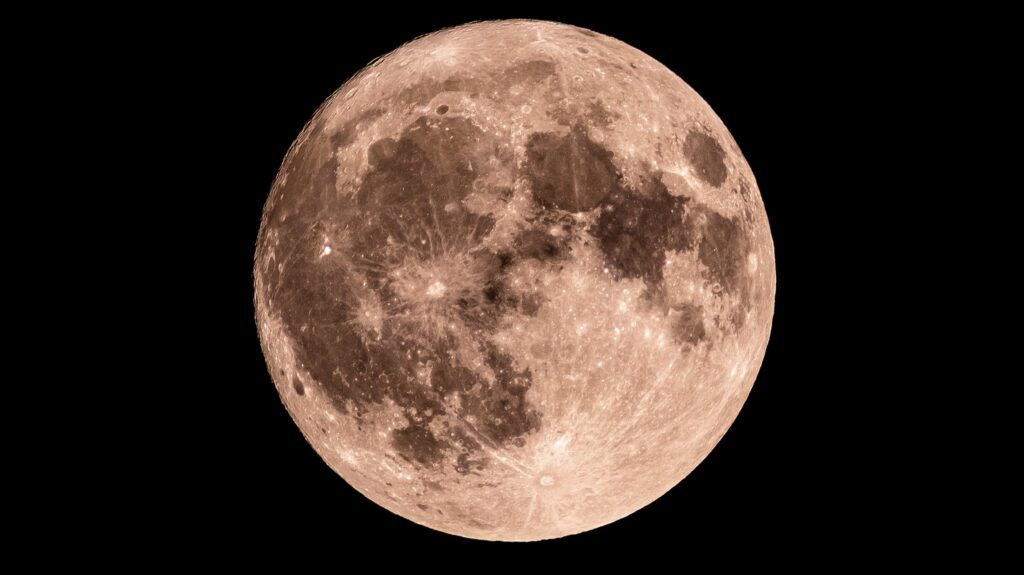
Tonight, September 27, 2023, stargazers can observe a Waxing Crescent moon, with 27% of its surface illuminated. This phase occurs on the sixth day of the lunar cycle and offers a unique opportunity to explore the lunar landscape. Even without binoculars or a telescope, viewers can appreciate the moon’s features by simply looking up.
The Waxing Crescent moon reveals remarkable details. By directing your gaze to the upper right portion of the moon, you can spot the Mare Crisium, a large lunar sea. To the middle right, the Mare Fecunditatis becomes visible. For those in the Southern Hemisphere, these features will appear in reversed positions, with Mare Crisium located towards the lower left.
For enthusiasts equipped with binoculars, the Posidonius Crater can be observed. This lava-filled crater showcases the moon’s geological history and is a fascinating sight for lunar observers. If you have access to a telescope, you can also locate the Apollo 17 landing site, which marks the last lunar landing of the Apollo program.
Understanding Moon Phases
Moon phases are part of a 29.5-day cycle that reflects the moon’s orbit around Earth. As the positions of the Sun, Moon, and Earth shift, the appearance of the moon changes from full illumination to complete darkness. This cycle results in eight distinct phases:
1. **New Moon**: The moon is positioned between Earth and the sun, rendering it invisible.
2. **Waxing Crescent**: A small sliver of light appears on the right side in the Northern Hemisphere.
3. **First Quarter**: Half of the moon is illuminated on the right side.
4. **Waxing Gibbous**: More than half is lit, yet it is not fully illuminated.
5. **Full Moon**: The entire face of the moon is visible and fully illuminated.
6. **Waning Gibbous**: The moon begins to lose light on the right side.
7. **Last Quarter**: Another half-moon, but now the left side is illuminated.
8. **Waning Crescent**: A thin sliver of light remains on the left before the moon returns to darkness.
The next full moon will occur on October 6, 2023, following the previous full moon on September 7, 2023. Understanding these phases enhances our appreciation of the moon and its influence on Earth.
As you gaze at the moon tonight, take a moment to enjoy the beauty and complexity of our celestial neighbor. Even with minimal equipment, the moon offers a captivating display that connects us to the universe.







